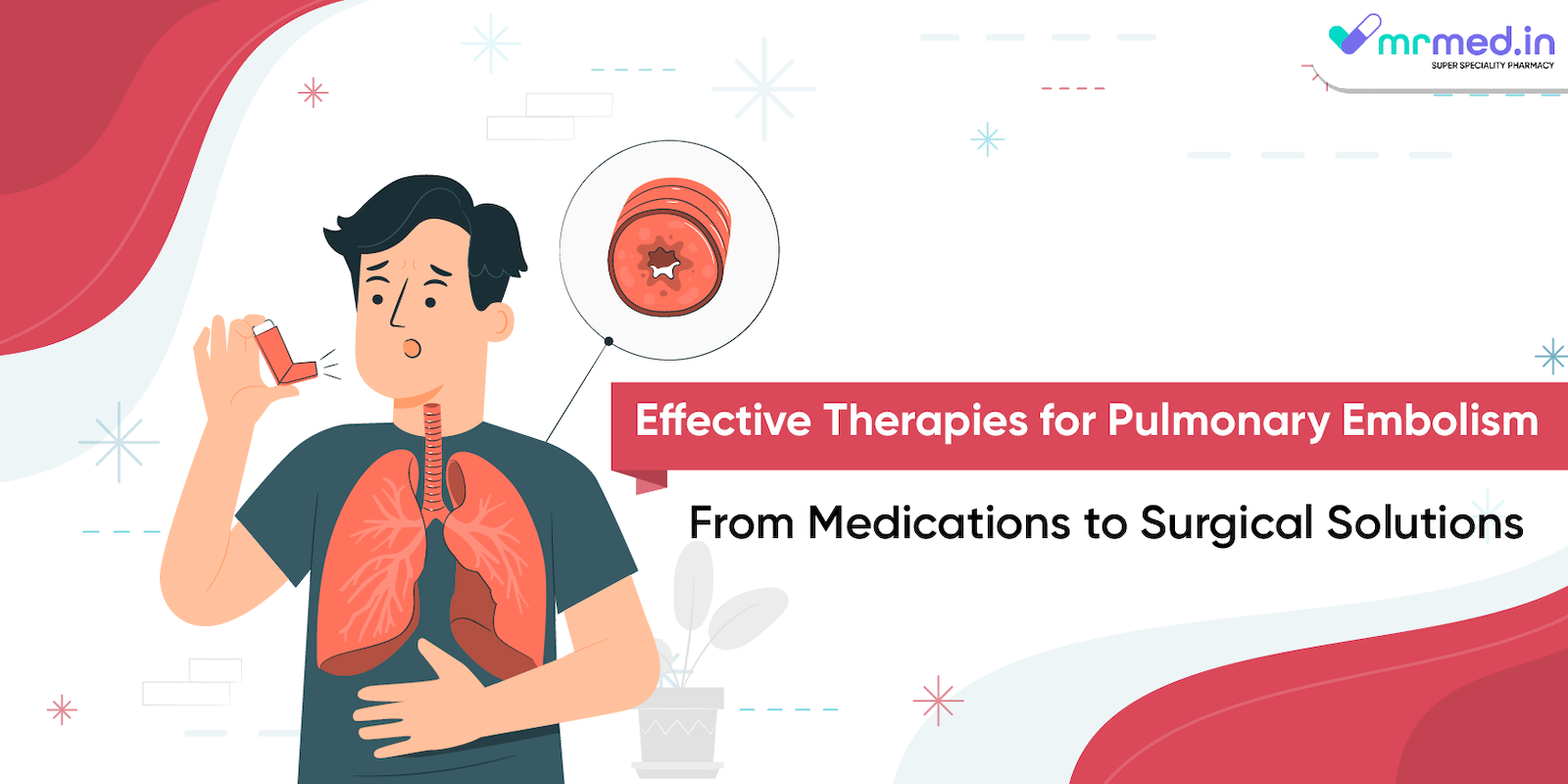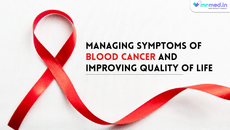Pulmonary embolism (PE) is a serious and potentially life-threatening condition where a blood clot blocks one or more arteries in the lungs. Prompt and effective treatment is crucial to reduce the risk of complications and improve outcomes. This blog explores various therapies for pulmonary embolism, ranging from medications to surgical interventions, and highlights the importance of timely diagnosis and treatment.
What is pulmonary embolism?
Pulmonary embolism occurs when a blood clot, often originating from the deep veins in the legs (deep vein thrombosis), travels to the lungs and obstructs blood flow. This blockage can lead to reduced oxygen levels in the blood, increased pressure on the right side of the heart, and potential damage to lung tissue.
What are the warning signs of a pulmonary embolism?
Common symptoms of pulmonary embolism include:
- Sudden Shortness of Breath: Rapid onset of difficulty breathing is a primary symptom of PE.
- Chest Pain: Sharp, stabbing chest pain that may worsen with deep breaths or coughing.
- Coughing: Coughing up blood or pink, frothy sputum can occur.
- Rapid Heart Rate: Tachycardia, or a fast heart rate, is often present.
- Dizziness or Fainting: Reduced oxygen levels can cause lightheadedness or fainting.
How is a pulmonary embolism diagnosed?
Timely diagnosis is critical for effective treatment. Diagnostic methods include:
- D-Dimer Test: A blood test that measures a substance released when a blood clot breaks up. Elevated levels may indicate the presence of an abnormal blood clot.
- Imaging Studies:
- CT Pulmonary Angiography: The most common and accurate test to visualise blood clots in the lungs.
- Ventilation-Perfusion (V/Q) Scan: Assesses airflow and blood flow in the lungs.
- Ultrasound: Used to detect blood clots in the legs (DVT).
What is the medication of choice for pulmonary embolism?
Medication is often the first line of treatment for pulmonary embolism. These include anticoagulants and thrombolytics:
- Anticoagulants: Also known as blood thinners, anticoagulants prevent further clot formation and help reduce the size of existing clots.
- Thrombolytics: These medications, also known as clot busters, are used in severe cases to dissolve clots quickly. U-Frag 5000IU Injection containing Urokinase is a thrombolytic agent that can be administered intravenously to break down blood clots rapidly. However, they carry a higher risk of bleeding and are typically reserved for life-threatening cases.
What are interventional therapies?
In cases where medication is not sufficient or rapid removal of the clot is necessary, surgical and interventional therapies may be employed:
- Catheter-Directed Thrombolysis: A minimally invasive procedure where a catheter is guided to the site of the clot, and a thrombolytic agent is delivered directly to dissolve the clot.
- Surgical Embolectomy: In severe cases, especially when thrombolysis is contraindicated, the clot may be removed surgically (embolectomy). This is a major surgery typically reserved for critically ill patients.
- Inferior Vena Cava (IVC) Filter: An IVC filter may be placed in the large vein (inferior vena cava) that carries blood from the lower body to the heart. This filter catches clots before they can travel to the lungs. It's often used in patients who cannot take anticoagulants.
How can you prevent pulmonary embolism after surgery?
Preventing pulmonary embolism involves managing risk factors and taking proactive measures, especially for individuals at high risk:
- Anticoagulation Therapy: Long-term use of anticoagulants can prevent new clots from forming. This is especially important for individuals with a history of DVT or PE.
- Compression Stockings: Wearing compression stockings helps improve blood flow in the legs and reduce the risk of clot formation.
- Lifestyle Changes:
- Regular Exercise: Physical activity promotes healthy blood circulation.
- Healthy Diet: A balanced diet helps maintain a healthy weight and reduces the risk of clot formation.
- Avoid Prolonged Inactivity: Frequent movement, especially during long flights or periods of immobility, helps prevent blood clots.
Pulmonary embolism (PE) is a serious condition that requires prompt and effective treatment to prevent complications and improve outcomes. A combination of medications, surgical interventions, and preventive measures is employed to manage and treat PE.




